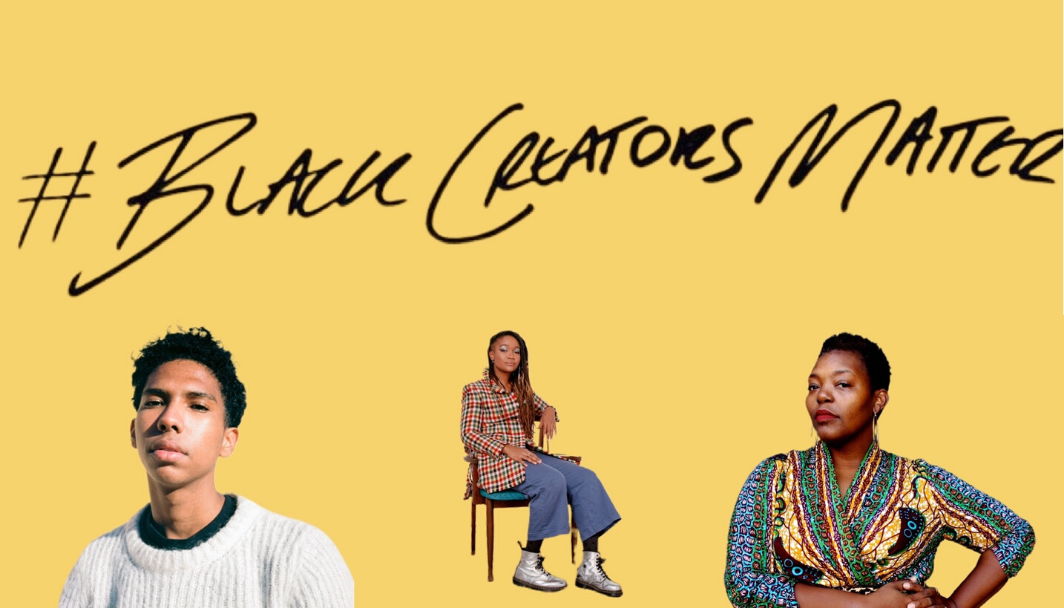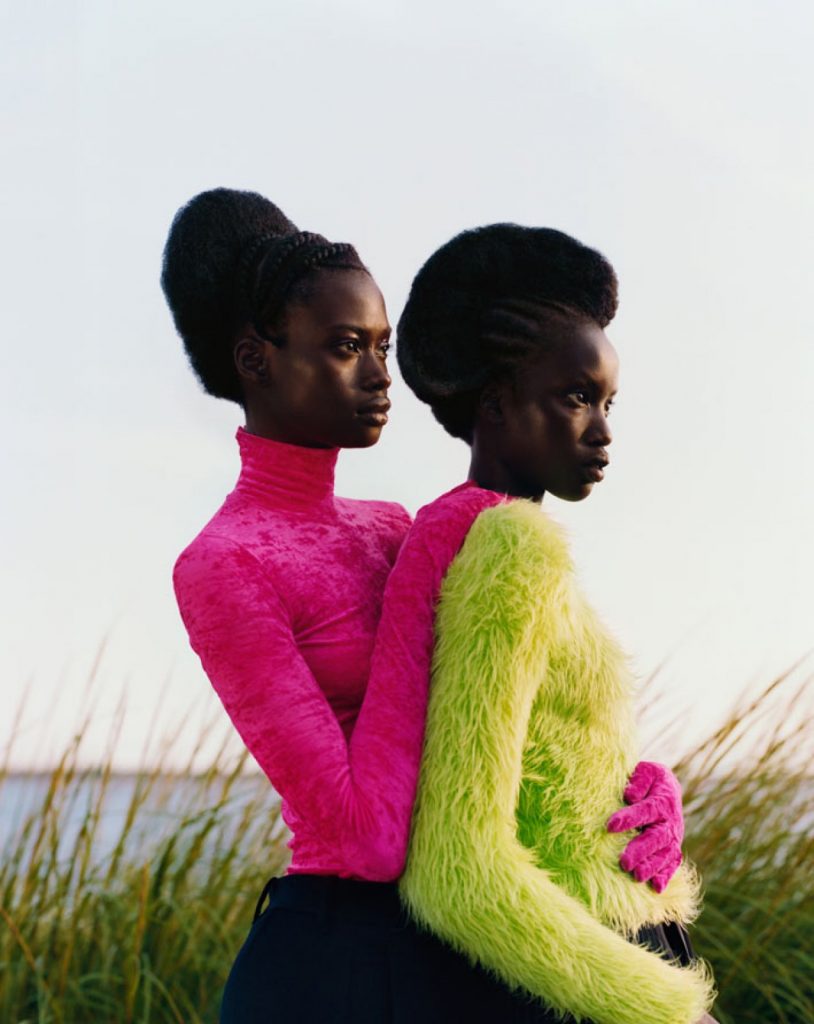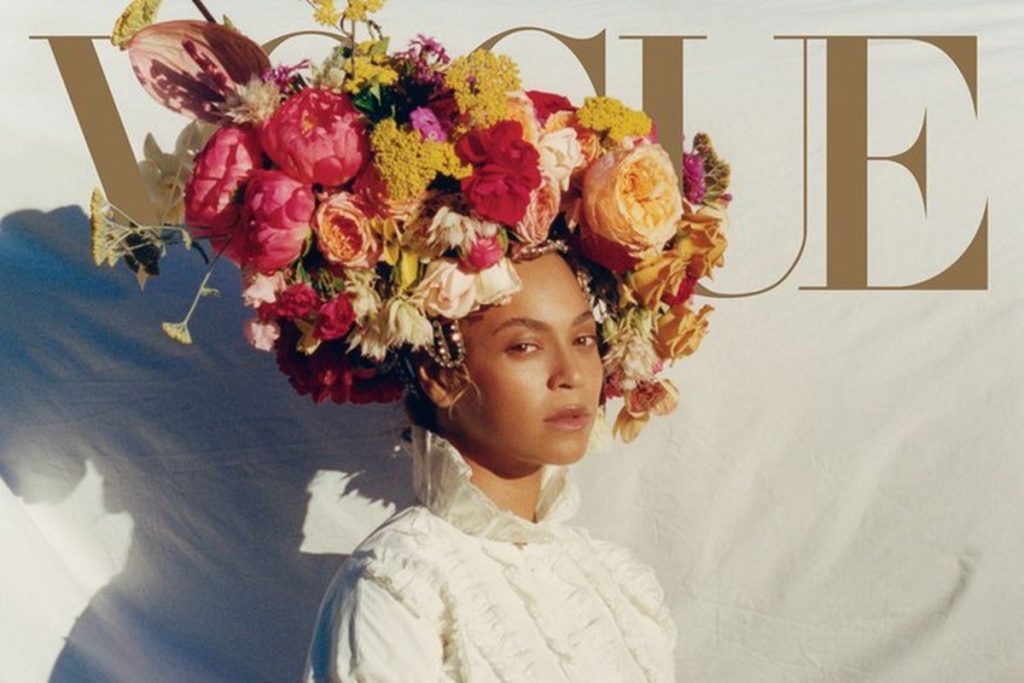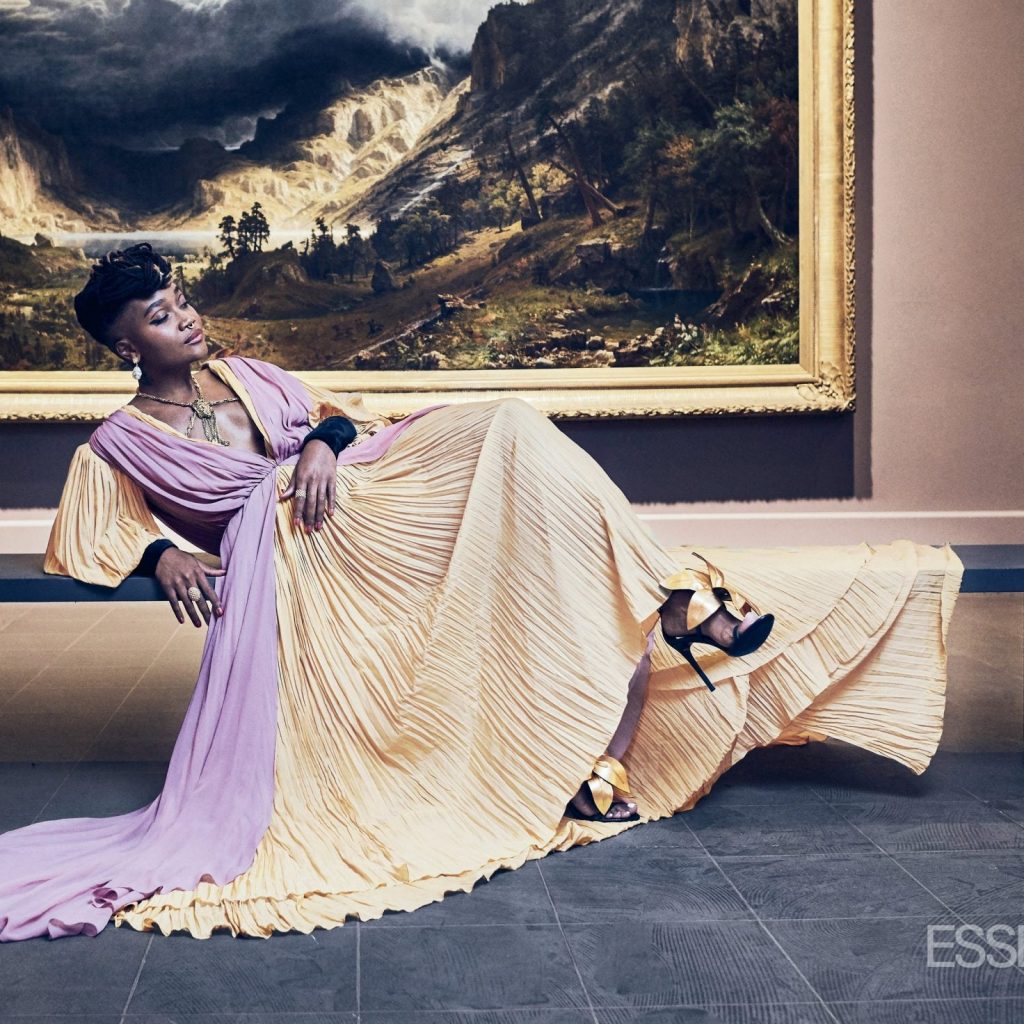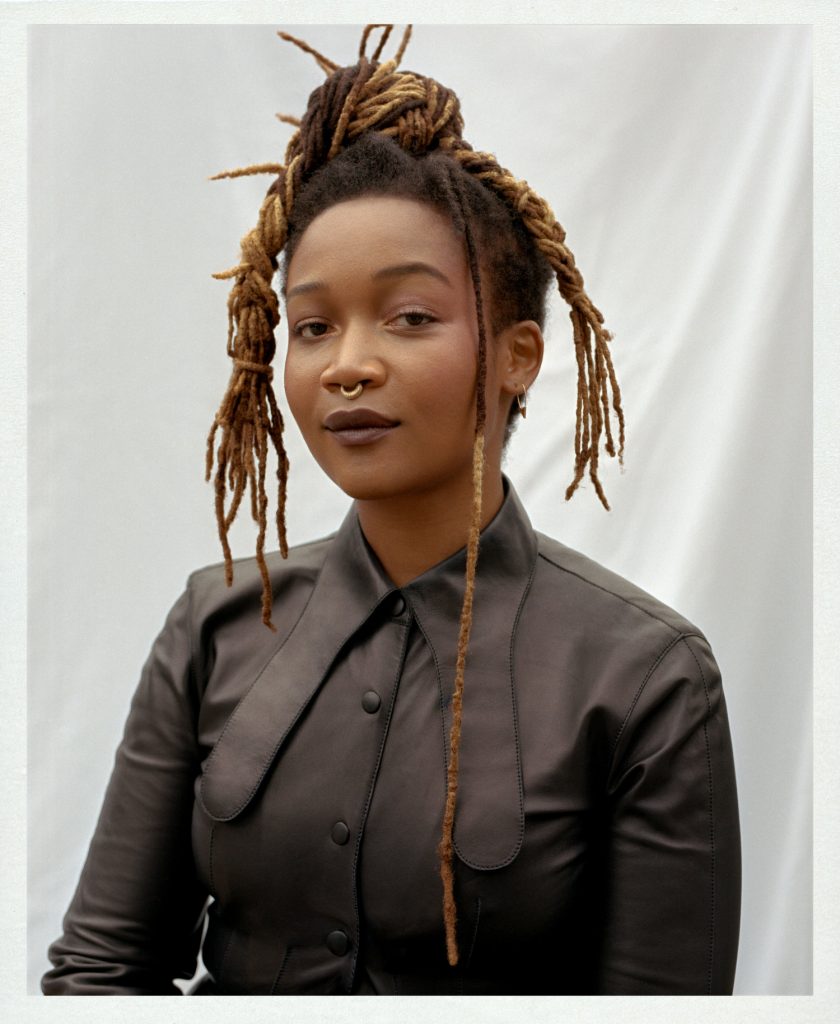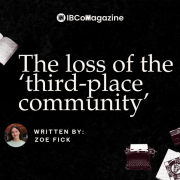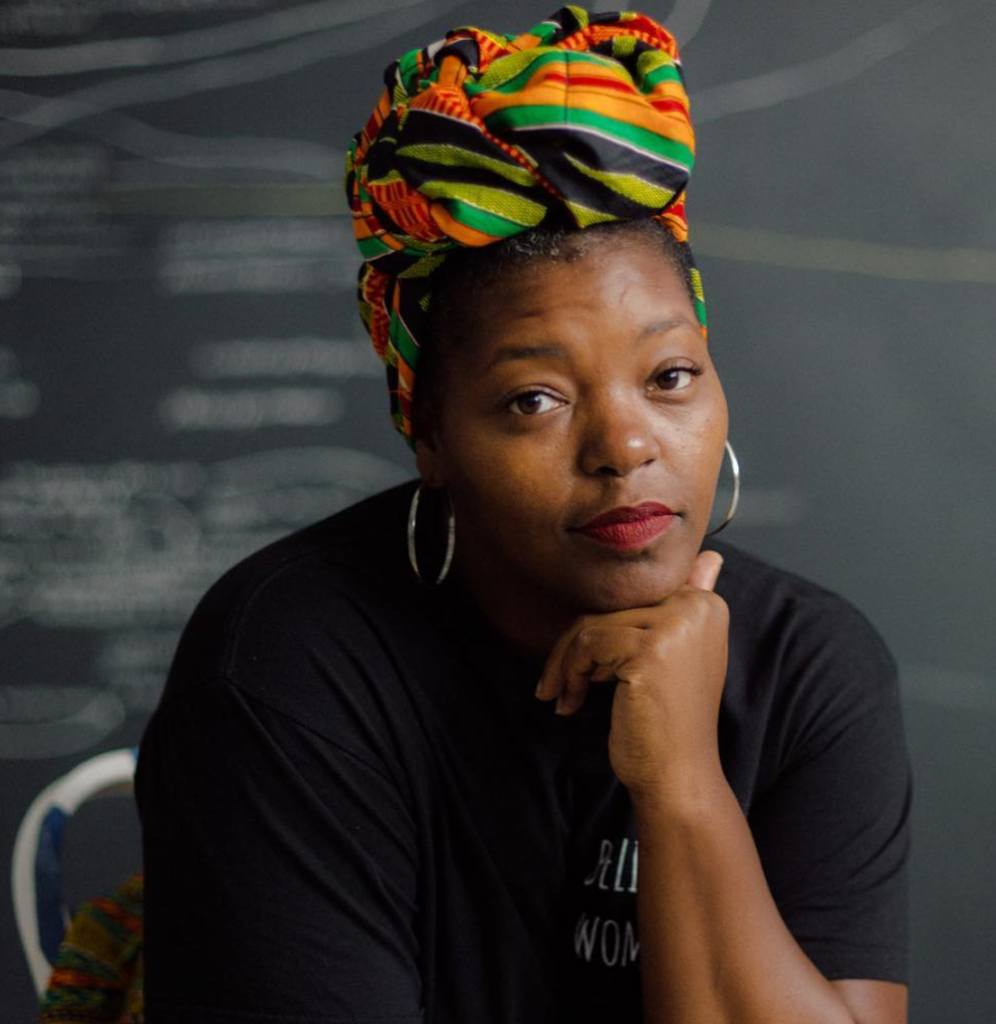In the midst of a global rage demanding justice for George Floyd and the Black community, the term ‘Black Lives Matter’ might begin to sound repetitive or nuanced. Don’t let it. Don’t let your anger dissipate, don’t avoid reconciling your privilege, don’t allow yourself to return to a state of compliance toward systemic and institutional racism that has dehumanized people of color for centuries. As a white American citizen, this list of “don’ts” serves as a daily reminder that my privilege exists at the stake of millions of lives. To remain ignorant is to let 450 years of white supremacy continue unabated. Much of my own ignorance has stemmed from a lack of exposure to Black culture. In the past week, I have uncovered a wealth of photography, art, and poetry created by people of color whose voices deserve to be amplified.
Take Tyler Mitchell, a photographer and filmmaker most widely recognized for photographing Beyonce for Vogue’s September 2018 edition cover. The first African American to shoot the magazine’s cover in its 126-year-long existence, Mitchell also debuted his first solo exhibition, I Can Make You Feel Good, in Amsterdam’s Foam Fotografie Museum. The works presented were a vision of a Black utopia, weaving symbols of hope with those of repression to highlight the beauty of the Black body despite its politicization. Mitchell wanted to shed light on sensual, euphoric experiences of togetherness portrayed by people of color. For more of his work, check out his Instagram @tylersphotos. Watch his videos, share his photos, and keep an eye out for future exhibits coming to the Netherlands.
Another Black creative to support is Kimberly Drew, a writer and culture curator. Once the social media manager for New York City’s Metropolitan Museum of Art, Drew has since dedicated her career to activism and highlighting the creative work of marginalized people in society. In an interview with Essence Magazine, Drew stressed the underrepresentation of artists whose work is entitled to museum representation: “Black art is not rare. I was miseducated to think there aren’t Black artists or opportunities to see their work, and that’s so untrue.” Listen to this message by exposing yourself to the vast realm of Black art that exists. If you need a place to start, purchase her new book This Is What I Know About Art to explore the parallels between art and protest. It highlights the understanding of art as a crucial tool of resistance. To stay updated on her work and the Black Lives Matter movement, follow her on Instagram @museummammy!
To encapsulate the complexities of racism in America in the matter of a few hundred words seems to be an inconceivable task, yet poet Mahogany L. Browne does so. The author of several books and numerous poems, Browne uses her platform to advocate for the liberation of Black women and a commitment to institutional revolution. Her spoken word performances ignited my own fury for the struggles that people of color face, and can be found on YouTube and Instagram (@mobrowne). Her poem “litany” reflects on the injustices that remain in place despite years of resistance, conveying a paradox of rage and hopelessness toward the struggle for Black freedom. I urge you to read her work and turn pain into empowerment for the Black Lives Matter movement.
Tyler Mitchell, Kimberly Drew, and Mahogany L. Browne are just three Black creators of the hundreds whose work I have only been exposed to in the past week. In my exploration of photographers, artists, and writers, I have realized that knowledge of the Black struggle is best gained through their personal perceptions of racial injustice. White analysis has shaped the stories of Black lives, preventing white people from hearing people of color speak on their own behalf. For too long, I have settled upon textbook definitions that connote racism as a matter of the past. In truth, it continues to exist in a system built for the benefit of white people at the expense of those who are Black. Continue to educate yourself. Continue to expose yourself to the vast realm of Black creators. The more we amplify Black voices, the more we empower the ability to overcome the structures of white supremacy.
Author: Gigi Migliazzo
Editor: Kat Nivera

